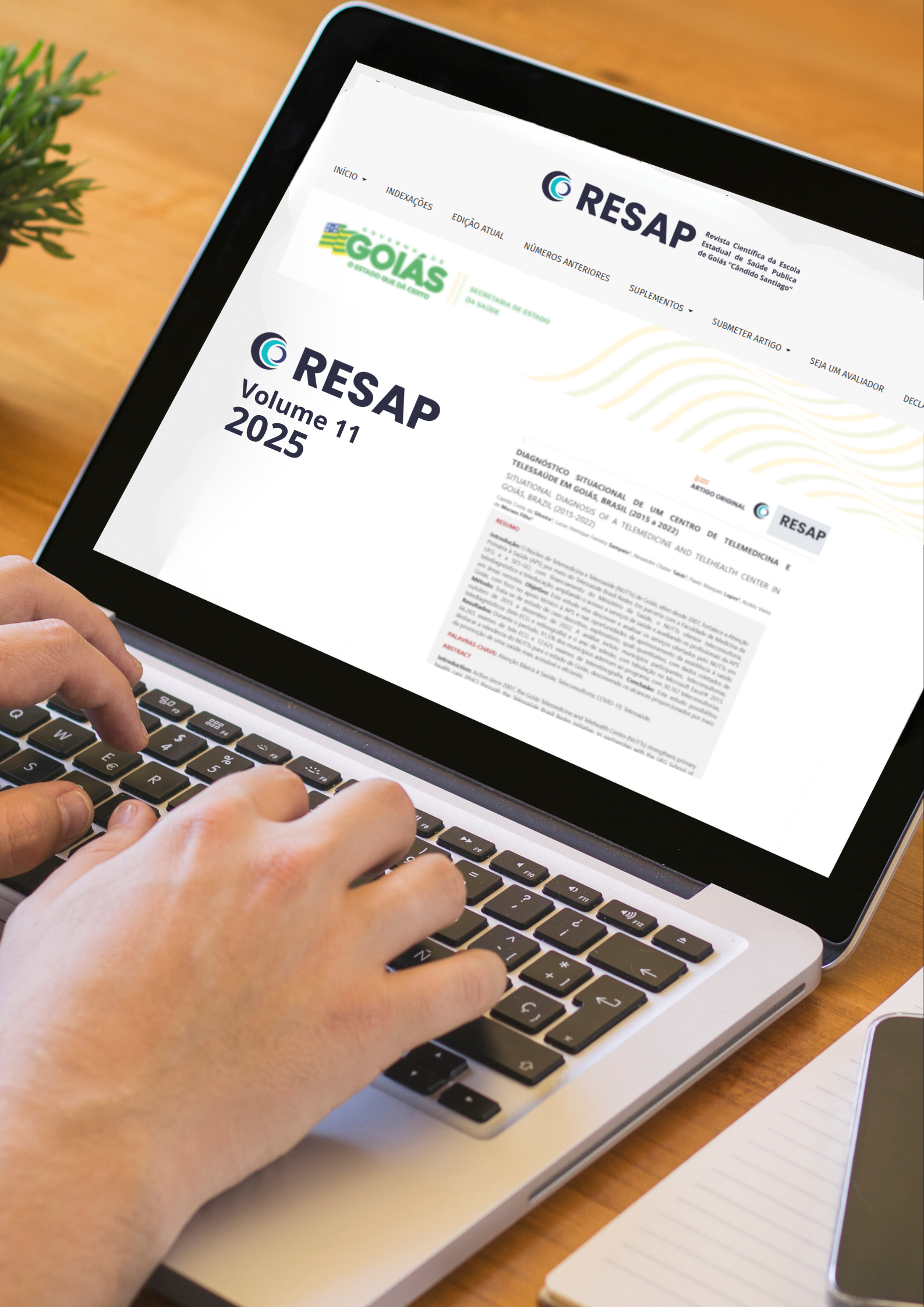Abstract
Introduction: Transfusion of blood components is not a risk-free practice. Adverse events can occur during or after the infusion of the blood component, being classified as an immediate transfusion reaction when it occurs within 24 hours. Objective: To describe the profile of immediate transfusion incidents in a population over 18 years of age in a university hospital, from March 2013 to March 2023. Methodology: This is an observational, retrospective, descriptive study with a quantitative approach. Clinical records and a computerized system for investigating transfusion reactions were analyzed, resulting in a sample of 51 blood component recipients who presented signs and symptoms suggestive of transfusion occurrence. Results: A proportion of around 0,56% of transfusion incidents was detected, with a higher incidence in females and a general average age of 53,86 ±17,16. Patients at the Medical Clinic/Internal Medicine had a greater number of reactions, especially mild allergic reactions. Platelet concentrate infusion was more associated with adverse events, although similar to concentrate red blood cells. In the mandatory pre-transfusion tests, the most obvious blood type was O+, the anti-erythrocyte antibodies test and the compatibility test were normal in all patients. Conclusion: Most of the sample studied was female, had an average age of around 53 years and had an initial diagnosis of the anemia group, symptoms such as chills, fever and hives were the most recurrent and a mild allergic reaction was the main transfusion reaction. It is hoped that this study can serve to guide actions and projects in hemovigilance, as well as encourage new studies on the topic to evaluate the hypotheses raised in this analysis.

